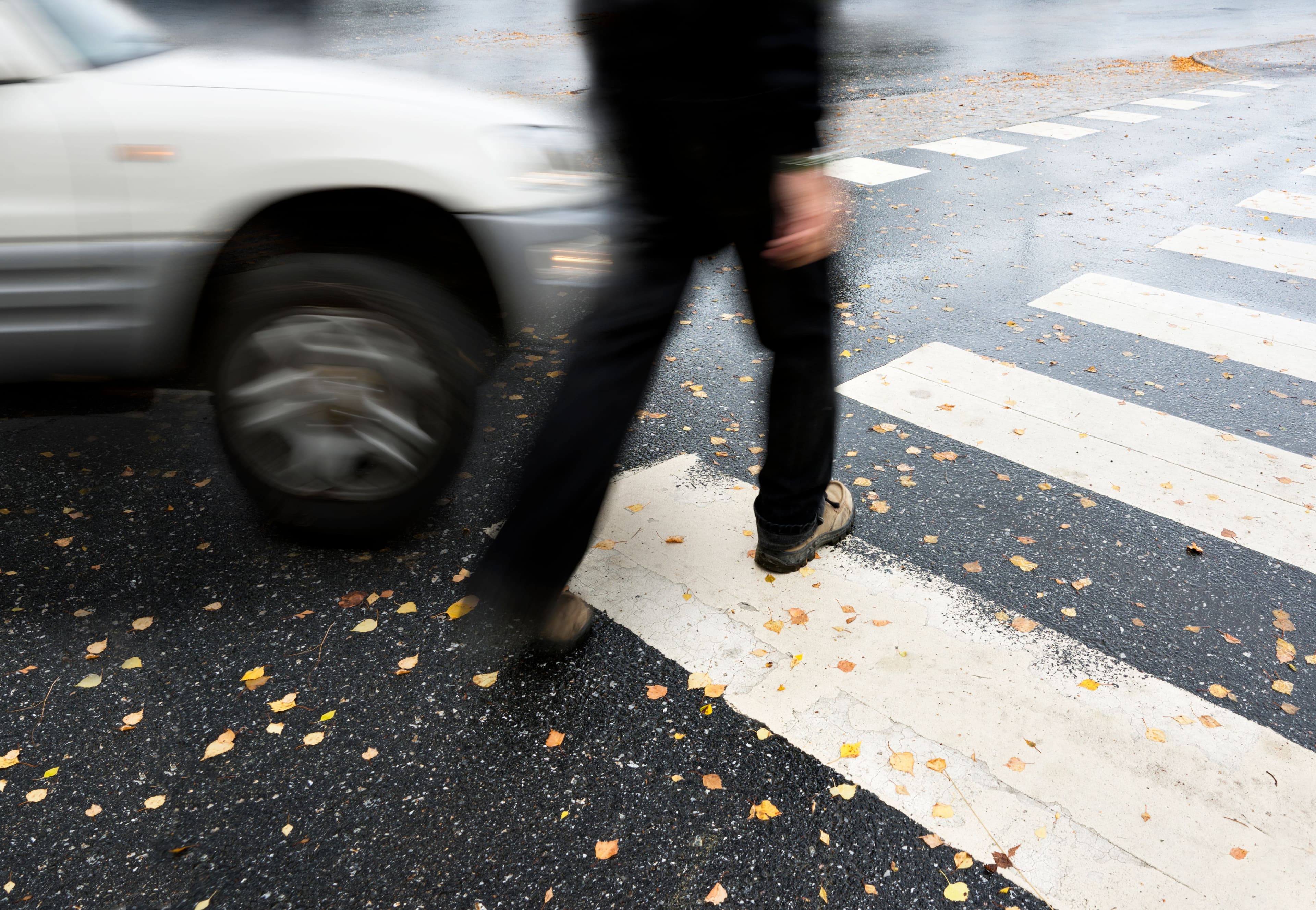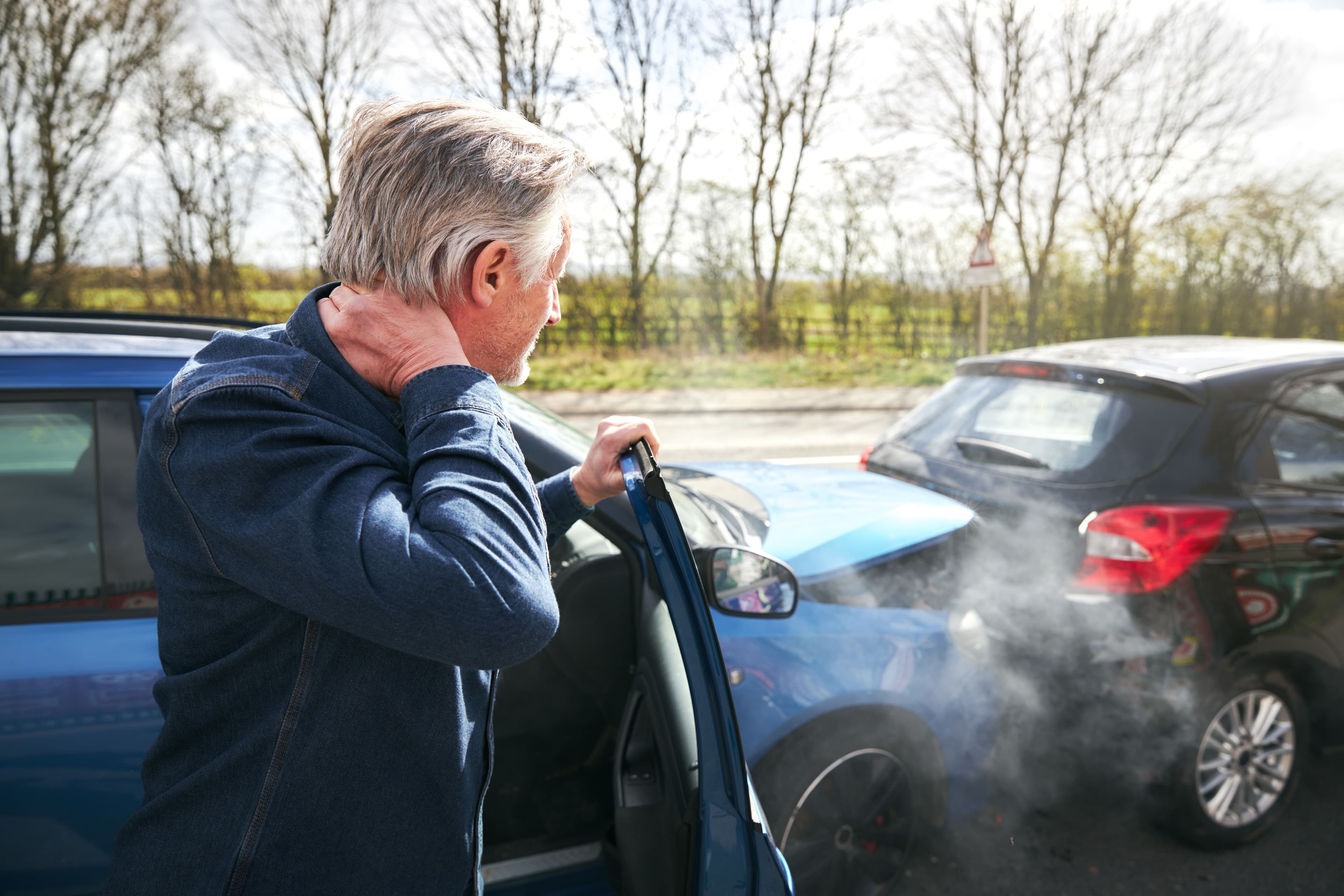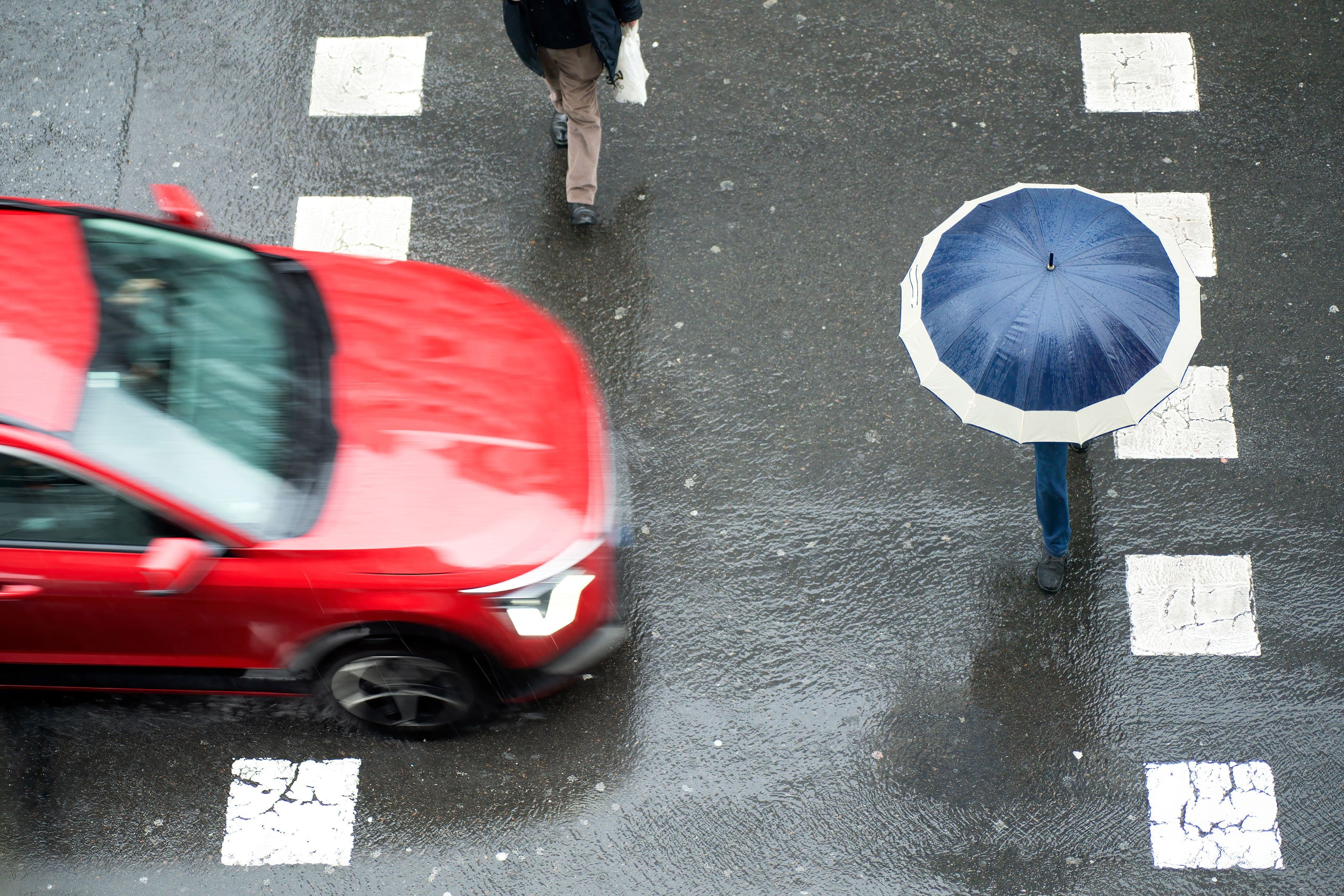When a driver hits a pedestrian and leaves the scene, the damage goes far beyond the physical. In Pennsylvania, it’s a crime to leave an injured person without offering help or calling police. Still, it happens. Drivers flee, and pedestrians are left on the pavement with no one taking responsibility.
These cases are different from other accidents, as the driver is not always identified. Authorities can look at surveillance footage, speak with witnesses, or gather forensic evidence. However, results can take weeks, and the driver may never be found.
Victims still have options. Pedestrians with auto insurance may be covered under their uninsured motorist policy, even if they weren’t in a car. If the driver is found, a civil claim can follow. But timing is critical. Preserving evidence and starting the claims process early can make a major difference.
With the right legal support from our experienced Philadelphia pedestrian accident lawyers, injured pedestrians in Pennsylvania can assert their rights and seek the compensation they deserve.
Surge in Hit-and-Run Fatalities in Philadelphia
In 2023, Philadelphia saw more fatal hit-and-runs than any previous year. According to city police data, 39 people were killed in crashes where the driver fled the scene. That number has been rising for years. In 2022, there were 34 fatal hit-and-runs, and in 2021, there were 21. The trend is clear, and it’s moving in the wrong direction.
These crashes are not accidents in the usual sense. They are acts where drivers choose to leave a person behind, often seriously injured or already dead. And they are happening more often, especially to pedestrians.
The problem doesn’t stop at the city limits. Statewide, Pennsylvania recorded 50 fatal hit-and-run crashes in 2016—the highest number that decade. The consistency of those numbers over the years shows this isn’t just a city issue. It’s a statewide pattern, and one that continues to claim lives in both urban and rural areas.
Nationwide, nearly one in four pedestrian deaths involve a driver who leaves the scene. That’s according to a 2022 report from the National Highway Traffic Safety Administration. It’s a clear sign of a deeper problem—one where pedestrian safety takes a back seat, and accountability often disappears.
Pennsylvania Hit-and-Run Laws
If a driver is involved in a crash—whether it causes injury, death, or property damage—they are required to stop under Pennsylvania law. Failing to do so is considered a hit-and-run, also called “leaving the scene of an accident.”
Under 75 Pa. C.S. § 3744, drivers involved in any accident are legally required to provide information and render aid. That means stopping the vehicle and giving their name, address, and vehicle registration number. If asked, they must also show their driver’s license and insurance information.
That applies whether the crash involved another car, a pedestrian, a cyclist, or even a parked vehicle.
But the duty doesn’t stop there. If someone is injured, the driver must help. That might mean calling an ambulance or making sure medical help is on the way. If the injured person asks for assistance and no help has arrived, the driver may even be required to take the person to a hospital—if it can be done without making things worse.
This part of the law—”rendering aid”—is about acting like a human being, not just a driver.
If the crash is serious—injury, death, or major property damage—the law also requires that the driver notify the police right away. This is covered under 75 Pa. C.S. § 3746. It doesn’t matter if the driver wasn’t at fault. The duty to report and remain is automatic.
Some people think hit-and-run only applies if someone is hurt. That’s not the case. Even if a driver hits a parked car or damages someone’s property, they are still required to take action. If the owner isn’t around, the law—under Section 3745—requires the driver to leave a note with their name, contact info, and a brief explanation of what happened. They must also report the incident to local law enforcement.
The key idea in all of these laws is responsibility. Pennsylvania does not allow a driver to just drive away and pretend nothing happened. Doing so can lead to criminal charges, fines, license suspension, and even jail time—especially when someone is seriously hurt or killed.
A hit-and-run isn’t just about breaking traffic rules. It’s about choosing to leave the scene instead of doing what the law—and decency—requires. Pennsylvania law doesn’t just expect drivers to stop. It demands it.
What is “Kevin’s Law?”
In 2014, Pennsylvania took a stronger stance against hit-and-run drivers by passing Kevin’s Law. The law was named in memory of Kevin Miller, a 5-year-old boy from Dallas, PA, who was killed by a hit-and-run driver in Wilkes-Barre just days before Christmas in 2012. Kevin had been crossing the street with his family when he was struck.
The driver fled the scene and was later arrested. The case drew statewide attention and sparked a push to increase penalties for leaving the scene of a fatal crash.
Before Kevin’s Law, the minimum sentence for a driver who fled a fatal accident was just one year in jail. Under the new law, that penalty was raised to a mandatory minimum of three years. The revised penalty now matches the punishment for homicide by vehicle while under the influence, reflecting the reality that alcohol is often involved in these crashes and that fleeing the scene may be an attempt to avoid a DUI charge.
Kevin’s Law was added to Senate Bill 1312 and passed with support from legislators and the public. Kevin’s family, along with dozens of supporters, traveled to Harrisburg to advocate for the bill. Their efforts helped bring national attention to the issue.
Reasons Pedestrian Hit-and-Run Accidents Happen
Leaving the scene of a crash is a serious offense, yet many drivers still choose to do it. Fear is often at the core of that decision. Some are afraid of being arrested for driving under the influence. Others fear the consequences of driving without insurance, with a suspended license, or with outstanding warrants. In some cases, the car involved isn’t even theirs.
That fear—rational or not—takes over in the moment, and the driver makes a choice they can’t undo.
Driving While Under the Influence – Alcohol is a factor in a significant number of hit-and-runs. Impaired drivers often don’t want to face a DUI charge, especially if they have a record. Walking away from the scene feels like a way to protect themselves, even though it usually makes things worse.
Some wait until they’re sober and then contact police, hoping to reduce the damage, but by then, they’ve already committed another crime by fleeing.
Lack of Insurance or Legal Status – For others, it’s the lack of insurance or legal status that drives the decision. Pennsylvania law requires coverage, but some people drive without it. If they crash and injure someone, they know they could face massive liability. Some fear losing their job, custody of their children, or even deportation. The crash becomes a crossroads—stay and face the fallout, or run and hope they aren’t found.
The Driver Was in a Stolen Car – Some of the most difficult cases involve cars that were stolen. When someone takes a vehicle that doesn’t belong to them and causes harm, they know there’s a lot more at stake.
Stopping means being charged not just for the crash but for the theft itself. That risk leads to rapid decisions, fast exits, and victims left with no answers.
The Driver Panics – There are drivers who don’t have anything to hide—no drugs, no warrants, no suspended license—but when the crash happens, they panic. The moment is too overwhelming. Maybe someone is screaming, the damage is bad, or the sound of the impact triggered something in their brain that said, “Run.”
There’s also a more subtle reason drivers flee: they believe the crash wasn’t “serious.” Maybe they hit someone at low speed. Maybe the person got up afterward.
But the law doesn’t allow drivers to make that judgment. Even if injuries seem minor, even if it looks like everyone’s okay, the driver still has a legal duty to stop, report, and help. Not doing so turns a bad situation into something far worse.
What To Do After a Hit-and-Run
When a driver hits you and then speeds off and leaves you behind, that trauma is compounded by shock and confusion. What you do in the next few moments can make a difference in your recovery, both physically and legally.
First, try to stay calm. Look around and make sure you’re out of the road. If you’re in danger, move to a safe spot if you’re able to. Call 911 as soon as possible. Tell the dispatcher what happened, where you are, and if you’re injured.
When officers arrive, give them every detail you can. Even if you didn’t catch the license plate, try to describe the car—its color, shape, and direction it was headed. If you saw the driver, mention anything you remember. Though small, these details build a case.
In case there were witnesses nearby, ask them to stay until police arrive. Their account can back up yours. If you’re able, take photos of the scene. Include your injuries, any clothing damage, or objects that were hit. These images can later serve as important evidence.
Get Medical Help Right Away
You may not feel pain right away. That doesn’t mean you’re unhurt. Some injuries—like concussions, internal bleeding, or soft tissue damage—don’t show up immediately. Go to the hospital or urgent care. Ensure everything is documented, as these records link your injuries to the accident.
Talk to Your Insurance Company
Notify your auto insurance after seeking medical attention, and provide the police report number with any supporting documentation. If you were hit as a pedestrian, Pennsylvania PIP coverage may help with medical bills and lost wages.
Uninsured Motorist Coverage Can Help
If you have uninsured motorist (UM) coverage on your policy, it can step in when the driver can’t be found. UM coverage pays for your medical care, missed income, and pain resulting from the crash. It acts as if the at-fault driver had insurance. Not all policies include this coverage, but if yours does, it could help cover your losses after a hit-and-run.
Legal Options
In case the driver is found, you may be able to file a personal injury claim. If not, other legal options are still available. A lawyer can help protect your rights and push your insurer to honor the claim.
You may also use health insurance or other benefits while your claim is being processed. Each case is different. The important thing is not to handle it alone.
Knowledgeable Philadelphia Pedestrian Accident Law Firm
At Wilk Law Personal Injury & Car Accident Lawyers, we understand the pain and uncertainty that come with being the victim of a hit-and-run. These accidents leave more than just physical wounds. They leave questions, frustration, and a sense of injustice.
Our firm is committed to standing with pedestrians across Pennsylvania who’ve been injured by drivers who chose to flee rather than take responsibility.
We don’t wait around hoping answers show up. We take action. That includes tracking down evidence, working with investigators, and pushing back against the insurance company—while holding the driver accountable whenever possible. If the driver cannot be found, we will pursue all legal options to help you recover what you are owed.
At Wilk Law Personal Injury & Car Accident Lawyers, we don’t stop until every option has been considered. Our goal is simple: to help you move forward with confidence.
Locations where our award-winning legal team has assisted victims of pedestrian hit-and-run accidents include Philadelphia, West Chester, Reading, Coatesville, Downingtown, Exton, Berwyn, and more.
Related Articles
Establishing liability in a personal injury claim in Pennsylvania
Pennsylvania personal injury statute of limitations
How settlements are calculated in Pennsylvania personal injury claims




